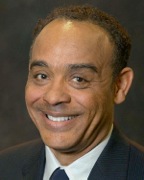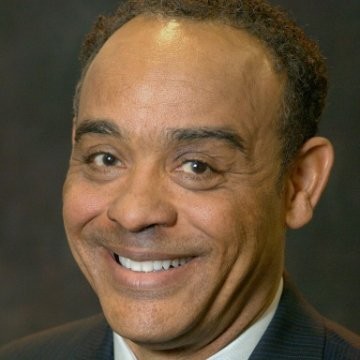By John Grace
Contributing Columnist
As you may recall, the phrase “Trust but verify” was made famous by President Ronald Reagan in December 1987 after signing the Intermediate-Range Nuclear Forces Treaty with Russia’s Mikhail Gorbachev.
This is one of my favorite quotes and it wasn’t until recently that I learned that Suzanne Massie, an American scholar who met with Reagan, taught him the proverb that rhymes in Russian; Doveryai, no proveyai. The phrase “literally means that a responsible person always verifies everything before committing himself to a common business with anyone, even if that anyone is totally trustworthy.”
Secretary of State Hillary Clinton, Colin Powell, President Barack Obama, and Sen. Ted Cruz all acclimated to Reagan’s first usage on U.S. soil on multiple occasions. We will employ the popular phrase by looking at two items that merit your attention.
Americans now believe they need at least $1.25 million to retire with dignity, which is a 20% increase from just a year ago, according to a survey by Northwestern Mutual that was published in the Wall Street Journal Oct. 25. At the same time, the survey reported that the average savings account dropped to $86,869, which is an 11% decline from the 2021 survey. And the expected retirement age ticked up to 64, as compared to 62.6 last year.
In the meantime, as of mid-October, a typical 60/40 investment portfolio of stocks and bonds “is on track to deliver its worst returns in 100 years,” according to Bank of America.
Before we get to some good news, let me ask you to do two things immediately. Just as you never board an airplane without knowing where your exact destination is, we can agree that you want to land safely on target and on time. So before you put your hard-earned savings on the casino table, determine when you would like to make work optional.
Include your expected income at that time and solve for the difference to see exactly the amount of assets you require to not work again. That $1.25 million appears to this observer to be quite an imaginary number. Get the help you need to see exactly what financial target you are trying to hit.
The days of stereotyping investors based on their age and assigning completely subjective semantics like “moderately conservative” are long gone. Neither the person asking the question nor the investor answering completely comprehend the common phrase, “Are you a conservative, moderate or aggressive investor?”
Newer tools allow investors to grasp the relationship between risk and reward and can let go of that pesky question, “why is the market beating my portfolio” when the time is taken to discover, likely for the first time, exactly how much loss in dollar amount and percentages, is acceptable to you.
Let’s suppose you said you could live with a 20% loss in a six-month period of time. Then you check your account this year to find that you are down 13% while the stock market is off 20%. If you are down 13% it takes 15% to get back to even and if the account is off 20% it requires a gain of 25% to fully recover. We can all agree when you find yourself in a ditch, the first thing to do is to stop digging. Above all, we want to stay in the game and avoid needing a Hail Mary pass just to get back in the game.
Instead of blind trust, employ technology and experience to dig deeper. While you may be satisfied that your account is holding up better than the averages, you want to see if your spending and growth will provide you with better than 80% odds of living to 100 for each investor with inflation adjustments.
A Monte Carlo simulation, for example, is a mathematical technique invented during World War II to improve decision-making under uncertain conditions. It was named after Monaco, a well-known casino town since the element of chance is core to the modeling approach, similar to a game of roulette.
The goal is to be as prepared as possible for the good, the bad and the unforeseen. Let’s say your odds of success late last year were 86% and you take another look after your account is off 13%. Given the need for the income you would like to maintain you see that your odds have dropped to 42%.
We are glad we took a look so we can see what may work to improve your odds. It was worthwhile to see two steps may drastically improve your odds of success. By reducing your income, for example, by $1,000 a month or 10% and redeploying idle cash, that combination may take your odds of success to 99% for each married investor to reach 100 maintaining their preferred lifestyle. It’s always a good idea to look at your situation and assess what changes might be in order, no matter which way the market turns.
Here’s more good news. If you are looking to be happier with your life and finances soon, the best thing you can do may be to find professional help. “People who worked with a financial advisor were found to be nearly three times happier than those who didn’t,” according to a study by Herbers & Company.
The report went on to say, “Predictors of happiness such as being fulfilled, intentional, impactful and grateful were boosted in 66% of those who worked with a financial advisor.” The study found that those who received professional assistance in managing their money were happier in their communication and in their relationship.
John Grace is a registered representative with LPL Financial. His On the Money column runs monthly in The Wave. The opinions expressed here for general information only and are not intended to provide specific advice or recommendations for any individual.











